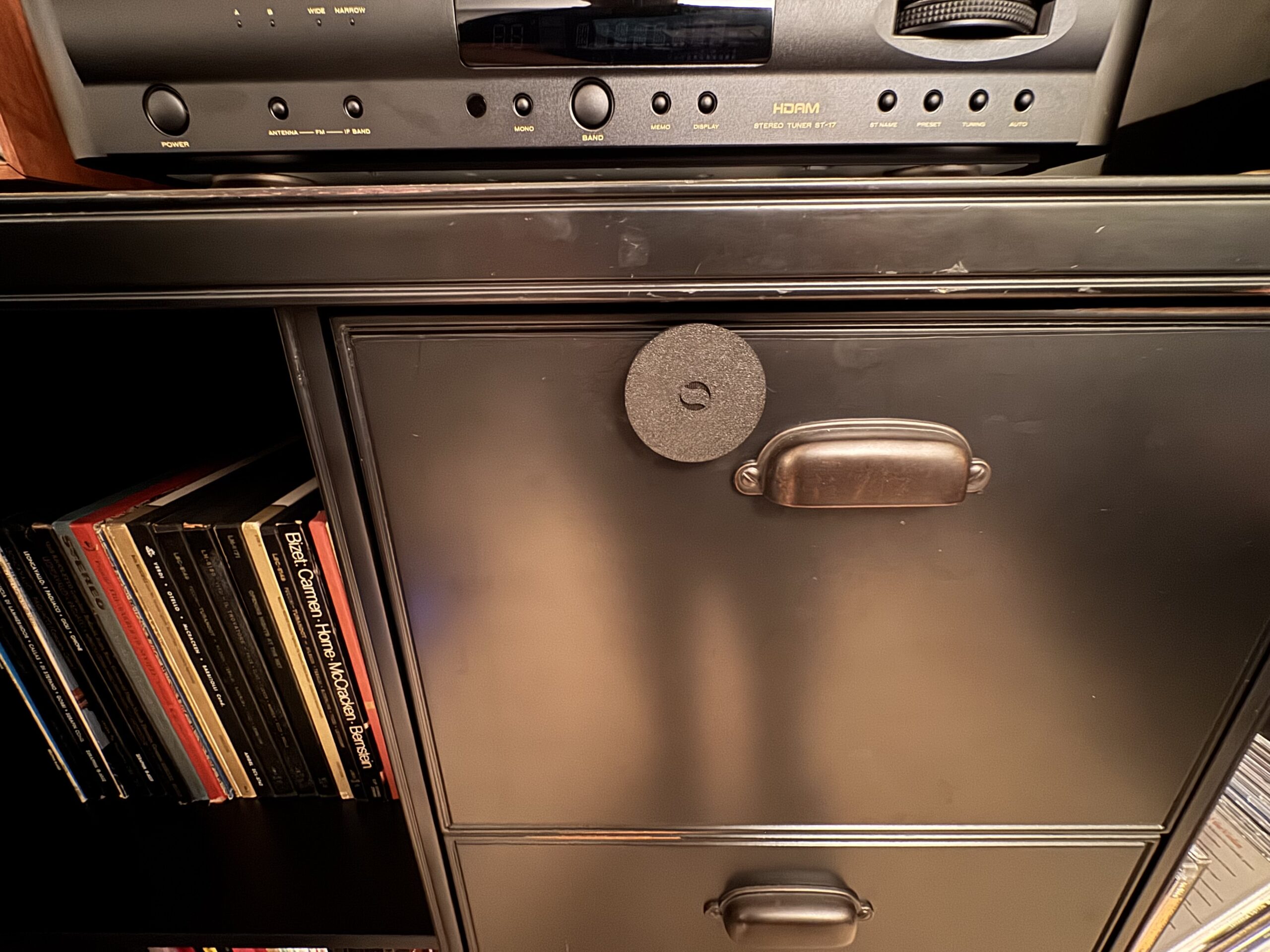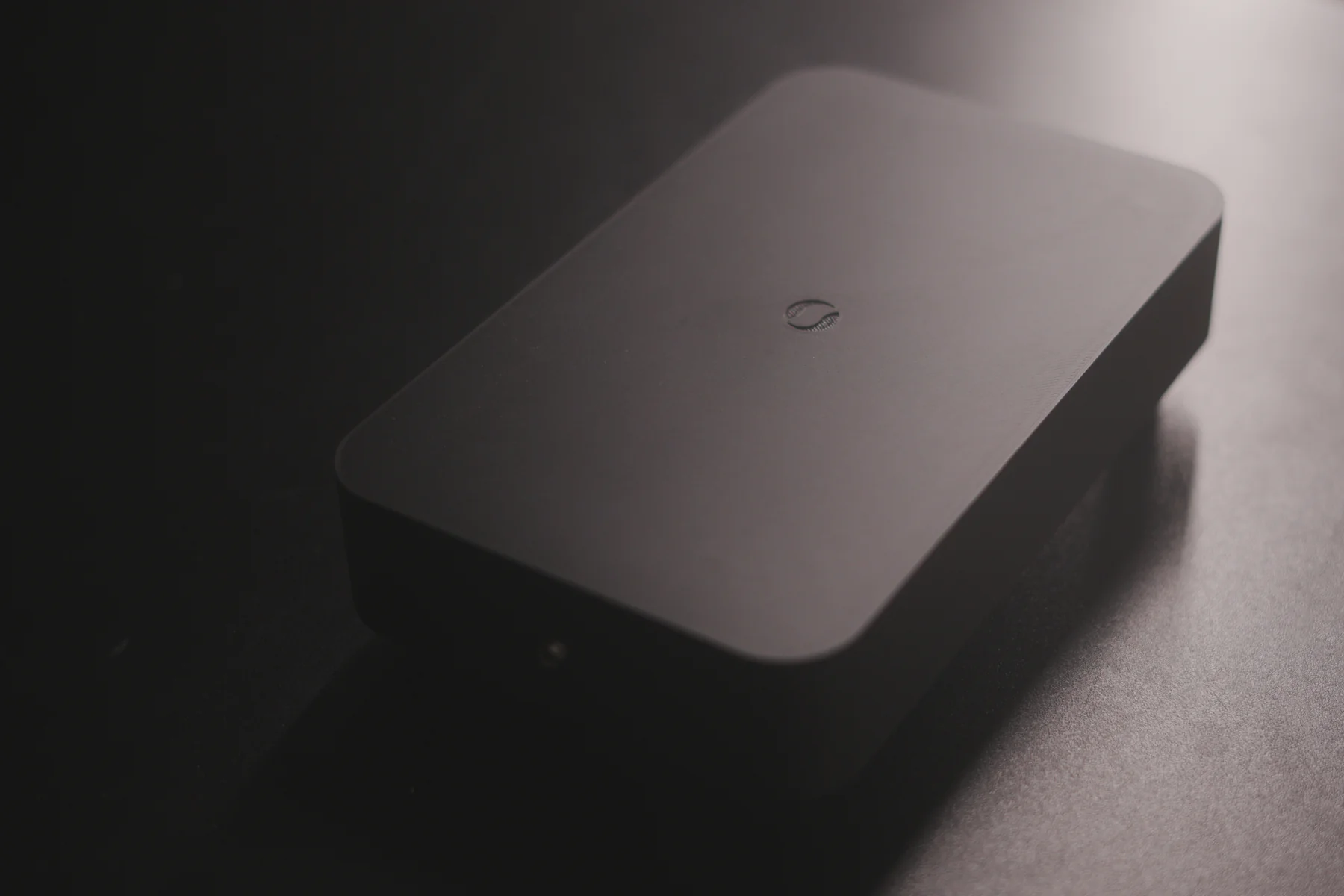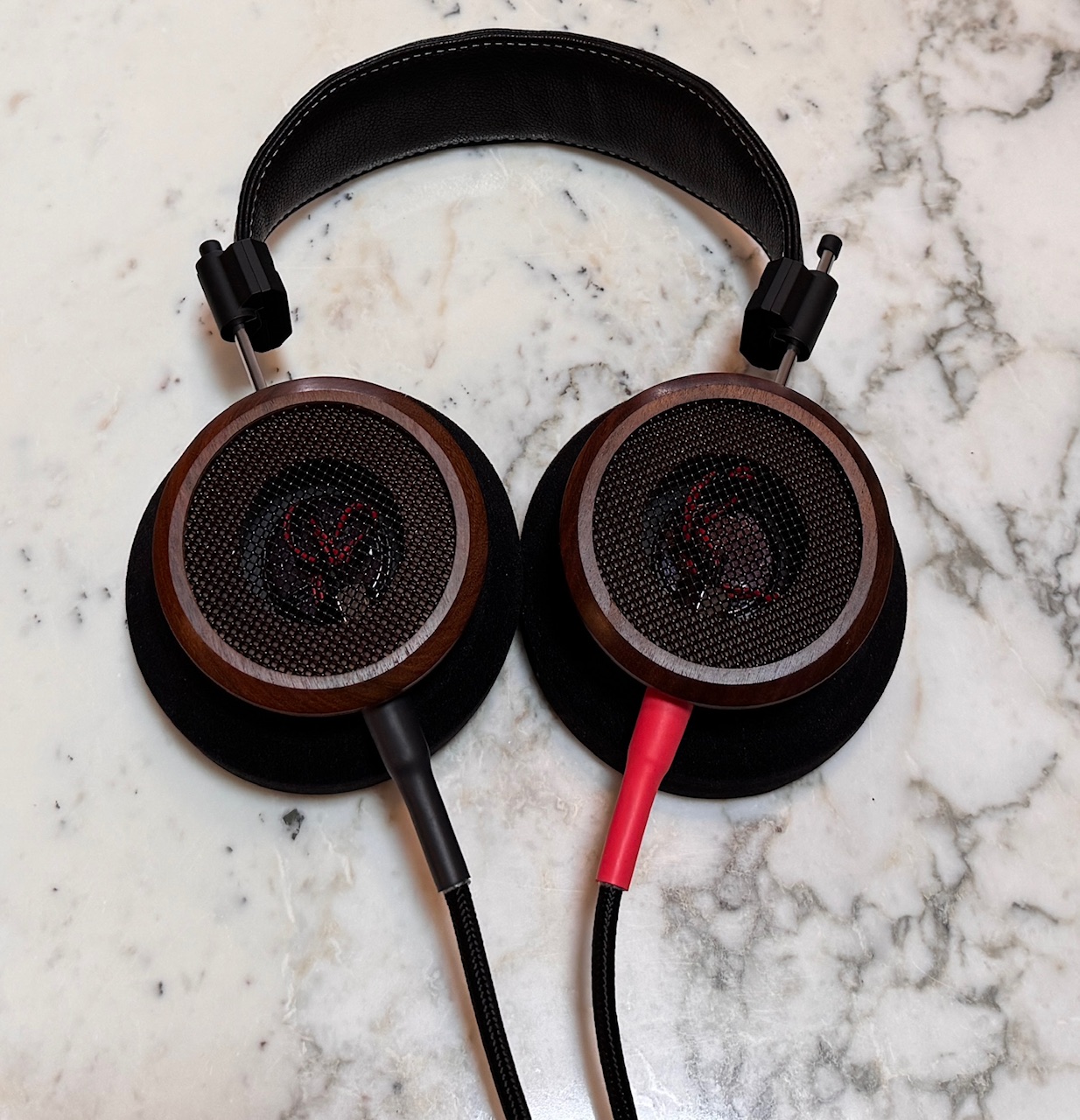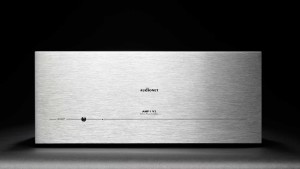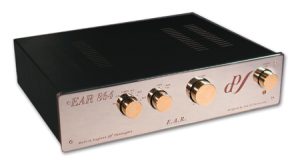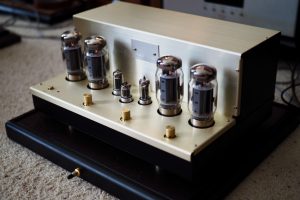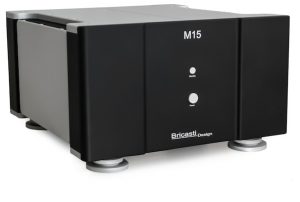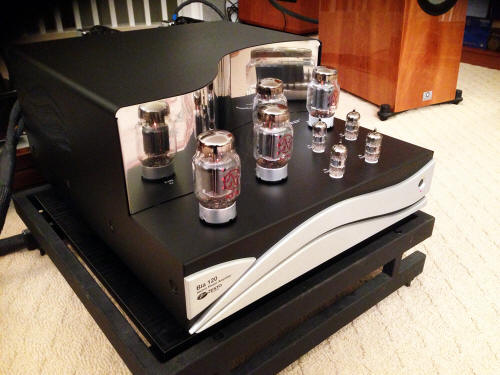
Read the complete review HERE
"In the absence of visual cues, auditory cues have to be that much better." J. Gordon Holt
After 10 weeks of consistent use of the Zesto Audio BIA 120 Class A Amplifier, I find its performance continues to be unmatched by most amplifiers, as I did in my original review. In one parameter, that of pinpoint imaging, the BIA has no peer that is known to me. In fact, it may not be possible for five to ten years to truly ascertain the limits of its design, until source and speaker technology mature to the BIA's performance levels.
Maximizing the BIA
Tube Rolling
After trying Mullard, GE, EH 12AU7 tubes, and Gold Lion Reissue Tubes in the place of the supplied JJs, I found no improvement over the supplied JJs. I recommend you acquire an extra set of these from the factory just in case, as Zesto carefully selects these Slovakian tubes for their excellence and burns them in for 50 hours to make sure.
AC Advice
The amplifier is sensitive to where you plug it in. I recommend you plug it directly into the wall. I heard a full 20% improvement overall in performance by doing this. My Power Wing Power Conditioner has never harmed an amp's performance, including my wonderful E.A.R. 890 mono-blocks. It did not maximize the BIA! Additionally, you need to pick a top notch power cord. I recommend the Kubala-Sosna Elation! Power Cord for maximum performance. I tried every power cord in my collection and the Elation! outperformed them all particularly in focus and imaging.
Amp Stand
Any amp stand will do. The BIA is insensitive to its footing. A sheet of slate works well. A fancy amp stand is fine. The amp has three large rubber feet in a triangle inset a few inches so a standard size amp stand will work well. Do not put it directly on carpet. Townshend has a sexy looking amp stand out right now. Try it.
Temp
The amps chassis runs cool to the touch even after extended use. The tubes are super-hot to the touch. Be careful. This is a Class A design and the tubes run full out. Keep pets and children away from the tubes. A tube cage will be offered later this year.
Grounding
On the rear of the amplifier you will find two switches which will float the left and right grounds, respectively. There is no sonic cost to switching them to the floating position even if you do not hear any 60 Hertz hum in your system at normal full volume. Do it. Backgrounds are quieter and the amp is even more alive. Plus, if you have a small hum, it will vanish!
Balanced Operation/Impedance Choice
The BIA was designed to be maximized in balanced operation, period. It will work in single-ended operation if necessary. Enough said. The BIA has three impedance choices, unlike some other tube amps, which often have only one. Its designer truly wants the BIA to be maximized for your speaker choice, so you cannot assume the amp will sound better on one tap or another without auditioning. One pair of speakers I tried sounded best on 8 ohms, and is a 4 ohm speaker per the manufacturer. Another speaker was best at 4 ohms, and is listed as a 6 ohm load by the manufacturer. Testing is worth the effort, as the right tap will sound significantly superior to all others.
Hardware
I found the connectors, switches, and buttons to be of high quality, and the fit and finish to be elegant and solid. Most of the components and all of the construction are made in
America to exacting precision and reliability. I never had a glitch in operation, and I tried to push it as hard as possible. I lost count of the cables I plugged and unplugged from the BIA. I particularly like the solid tube sockets that are screwed into the chassis and do not wiggle or lean after many extractions. The IEC connector is also rock solid.
Performance Observations
The BIA is the imaging champion. There is space and air between instruments, if so recorded, which is palpable and so very open. This unique rock solid imaging ability occurs from CD sources from my E.A.R. Acute 3 CD Player, SACD sources from my ModWright Sony 9100, and my phono set-up. The BIA is unrivaled in my experience of 50 years as an audiophile.
I used the E.A.R. 912 Preamp, the E.A.R. 324 Phono Stage, and Kubala-Sosna Elation! and Emotion Interconnects and AC cables to achieve this precision on the Marten Bird Speakers.
The BIA is extremely neutral, more neutral than any gear in my possession currently. I have no idea what the BIA sounds like, and it may be years before I do. It is the ultimate garbage-in, garbage-out amplifier. You will have the joy of fine-tuning your system to your heart's content with the BIA, and you may find bliss with a tube change or an interconnect swap. How the BIA really intrinsically sounds...I still have not got a clue.
When my audiophile buddies are here and playing their favorite tunes, they can only agree that the BIA sounds neither tube nor solid-state. The exception...whenever we play original 1950's LPs or reissues done on Bernie Grundman's tube chain, you hear and feel the sound of tubes. I do not believe a solid state amp can give you this tube-like nuance as realistically as a tube amp. The BIA gives itself away when this kind of material is present, even when it comes from a digital source, too.
Ambience control and dispersion is extraordinary. Stray ambience that does not seem to belong to anything is minimized. The BIA's correct imaging brings with it correct ambience which enhances the realism of instruments in the room.
Summary
The Zesto Audio BIA 120 Class A amplifier continues to amaze and stun this reviewer as I continue to tweak my reference systems to push the envelope toward audio perfection. The BIA joins my reference EAR 890 monoblocks which are in residence in my near-field system: a true joy, I tell you!
My suggestion to you is simple. Go listen to the Zesto Audio BIA 120 Class A amplifier. It is most special, and will only go up in price!
BIA 120 Amplifier
Retail: $12,500
Zesto Audio
www.zestoaudio.com
Thousand Oaks, CA
Sales and Marketing: Carolyn Counnas
805-807-1841
[email protected]





